|
Body wraps are a popular spa treatment that offer numerous benefits for the body. One of the primary benefits is detoxification. Body wraps use a combination of ingredients such as clay, seaweed, or algae that can help to remove toxins and impurities from the body. This can leave you feeling refreshed and rejuvenated.
Another benefit of body wraps is hydration. Many body wraps use moisturizing ingredients such as shea butter or coconut oil that can help to hydrate and nourish the skin. This can be particularly beneficial for those with dry or flaky skin. Body wraps can also help to improve the appearance of cellulite. By increasing circulation and stimulating the lymphatic system, body wraps can help to reduce the appearance of cellulite and smooth out the skin. Additionally, body wraps can help to reduce stress and promote relaxation. The process of being wrapped up in a warm, cozy blanket can be incredibly calming and soothing for the mind and body. Some body wraps also include aromatherapy, which can further enhance the relaxation experience. Finally, body wraps can be a great way to kick-start a weight loss program. While body wraps alone are not a weight loss solution, they can help to boost the metabolism and increase the body's ability to burn fat. Additionally, they can help to reduce bloating and water retention, which can make you look and feel slimmer. Overall, body wraps offer a wide range of benefits for the body, from detoxification and hydration to cellulite reduction and stress relief. If you're looking for a luxurious spa treatment that can leave you feeling refreshed and revitalized, a body wrap may be just what you need.
1 Comment
Brow lamination is a popular eyebrow grooming technique that originated in Russia and has recently gained popularity in other parts of the world. This process involves straightening the eyebrow hairs to create a fuller, thicker, and more defined look. Benefits of Brow Lamination
The Process of Brow Lamination
Aftercare of Brow Lamination
Brow lamination is a highly effective way to create fuller, thicker, and more defined eyebrows. With benefits such as long-lasting results, low maintenance, and suitability for many brow types, it's no wonder why brow lamination has become such a popular brow grooming technique. However, it is important to choose a licensed and experienced esthetician to perform the treatment and to follow proper aftercare instructions to ensure optimal results. Squalane is a naturally occurring compound found in our skin, but it can also be sourced from olives, wheat germ, and rice bran. It has become increasingly popular in skincare products due to its numerous benefits for the skin.
What is Squalane? Squalane is a type of hydrocarbon that is naturally produced by our skin cells. However, as we age, the amount of squalane that our skin produces decreases, leading to dryness, fine lines, and wrinkles. That is why squalane has become a popular ingredient in skincare products to help combat these signs of aging. Squalane is a stable, non-comedogenic (meaning it doesn't clog pores) ingredient that can be used on all skin types, including oily, acne-prone, and sensitive skin. Unlike other oils, squalane is lightweight and fast-absorbing, making it an excellent choice for those who prefer lighter textures in their skincare routine. Benefits of Squalane for the Skin
How to Use Squalane in Your Skincare Routine Squalane is a versatile ingredient that can be used in a variety of skincare products. It can be found in serums, moisturizers, face oils, and even sunscreen. If you are new to using squalane in your skincare routine, it is recommended to start with a lower concentration of squalane and gradually increase as your skin gets used to it. Squalane can be used both morning and night and should be applied after cleansing and toning. Squalane can also be used in combination with other skincare ingredients. For example, it can be layered with a vitamin C serum in the morning to provide antioxidant protection, or with a retinol serum at night to improve skin texture and reduce the appearance of fine lines and wrinkles. Squalane is a natural, non-irritating ingredient that provides numerous benefits for the skin. It is a versatile ingredient that can be used on all skin types and can be found in a variety of skincare products. Squalane provides hydration, anti-aging benefits, improves skin texture, has anti-inflammatory properties, and is well-tolerated by sensitive skin. If you are looking for a new skincare ingredient to incorporate into your routine, squalane is definitely worth considering. Where to buy squalane This is our favourite squalane product from The Ordinary. It can be bought from The Ordinary or at Sephora. Retinol is a form of vitamin A that has gained popularity in recent years for its ability to improve skin texture, reduce the appearance of fine lines and wrinkles, and even out skin tone.
What are the benefits of retinol? Some of the key benefits of retinol include:
What do you need to be cautious of with retinol? While retinol can be an effective skincare ingredient, it's important to use it with caution:
Where to buy retinol This is our favourite retinol product from The Ordinary. It can be bought from The Ordinary or at Sephora. This particular retinol is added to Squalane which is a excellent ingredient for skincare itself. Learn more about the benefits of Squalane here! Dermaplaning is a popular skincare treatment that involves using a sterile surgical scalpel to gently exfoliate the top layer of skin. This process removes dead skin cells and peach fuzz, revealing smoother, brighter, and more youthful-looking skin. In this article, we will explore the benefits, process, and aftercare of dermaplaning. Benefits of Dermaplaning
.The Process of Dermaplaning
When it comes to choosing skincare products, it can be overwhelming to navigate through the long list of ingredients. Some ingredients are more effective than others, and it can be difficult to determine which ones are worth investing in. Here are some key ingredients you should be looking for in your skincare products:
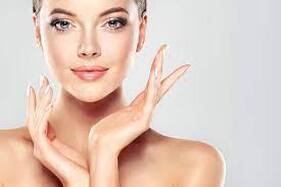 Glycolic acid is a type of alpha-hydroxy acid (AHA) that is derived from sugarcane. It is a popular ingredient in many skincare products due to its numerous benefits for the skin. In this article, we will discuss the top benefits of glycolic acid. Exfoliation One of the primary benefits of glycolic acid is its ability to exfoliate the skin. As a small molecule, it can penetrate the skin deeply and break down dead skin cells. This helps to unclog pores, remove impurities, and reveal smoother, brighter skin. Regular use of glycolic acid can also help to reduce the appearance of fine lines, wrinkles, and hyperpigmentation. Improved Texture and Tone Glycolic acid also helps to improve the texture and tone of the skin. By removing dead skin cells and stimulating collagen production, it can help to reduce the appearance of rough, uneven skin. This can be particularly beneficial for those with acne-prone or aging skin, as glycolic acid can help to reduce the appearance of acne scars and fine lines. Acne Treatment Glycolic acid has also been shown to be an effective treatment for acne-prone skin. By unclogging pores and reducing inflammation, it can help to prevent breakouts and reduce the severity of existing acne. It can also help to reduce the appearance of acne scars and hyperpigmentation. Increased Collagen Production Collagen is a protein that gives the skin its structure and elasticity. As we age, collagen production decreases, which can lead to the appearance of fine lines and wrinkles. However, glycolic acid has been shown to stimulate collagen production, which can help to reduce the appearance of aging skin. Improved Absorption of Other Skincare Products Glycolic acid also helps to improve the absorption of other skincare products. By exfoliating the skin, it removes dead skin cells that can block the absorption of other ingredients. This means that other skincare products, such as serums and moisturizers, can penetrate the skin more deeply and be more effective. Safe for All Skin Types Another benefit of glycolic acid is that it is safe for all skin types, including sensitive skin. However, it is important to start with a low concentration and gradually increase as the skin becomes accustomed to it. It is also important to use sunscreen when using glycolic acid, as it can make the skin more sensitive to the sun. In conclusion, glycolic acid is a powerful ingredient that offers numerous benefits for the skin. From exfoliation and improved texture to acne treatment and increased collagen production, it is a versatile ingredient that can be used in a variety of skincare products. Whether you have acne-prone, aging, or sensitive skin, glycolic acid can help to improve the overall appearance and health of your skin. Most people have heard of the term pH when it comes to skin, but few know exactly what it means and how it can impact the feel and appearance of your skin. pH refers to "potential hydrogen" and refers to the activity of hydrogen ions in a water-based solution. pH is measured on an acid-alkaline scale from 0 (very acidic) to 14 (very alkaline). A pH of 7 is neutral with anything less being acidic and anything higher being alkaline. While the pH numbers might seem small by normal math, the pH scale is logarithmic, not linear. A pH of 3 is ten times more acidic than a pH of 4, and 100 times more acidic than a pH of 5. Check out the pH levels of several common items below: Alkaline: - Lime 12.4pH - Ammonia 11.0ph - Baking Soda 8.3pH - Egg 7.8pH Neutral: - Pure Water 7.0pH Acidic: - Milk 6.8pH - Rain Water 6.5pH - Healthy Skin 5.5pH - Tomatoes 4.5pH - Lemon Juice 2.2pH So how does pH apply to your skin? Healthy skin is just slightly acidic due to the presence of what is referred to as the "acid mantle" - a mixture of sebum, sweat, and dead skin cells covering your skin. The acid mantle is extremely important as it provides a layer of protection against environmental factors, allergens and pollution that cause bacteria to produce. Keeping your pH balanced - as close to 5.5 as possible - keeps your acid mantle intact and reduces the likelihood of conditions such as acne and dermatitis from developing. However, a balanced pH does not guarantee perfect skin, but it certainly helps. When your skin is too alkaline: - It is dry and sensitive - It may be more prone to showing signs of premature ageing such as deep wrinkles, crow's feet and UV damage. What causes alkaline skin? Skincare products like bar soaps and foaming cleanser can be high in PH and can strip the acid mantle. When your skin is too acidic: - It is oily and prone to breakouts. - It can become inflamed, red and sore. What causes acidic skin? Over exfoliating and using peels can cause acidic skin. It's important to note that when doing a chemical peel with a pH of 3.6 or higher, it is only a temporary disruption to the skin's pH levels, and a post-peel neutralizer is often all that is needed to raise the skin's pH levels back to an ideal level. Even without a neutralizer, skin will return to its usual pH levels within an hour. Mildly acidic products stimulate skin to produce key the substances it needs to look smooth, supple, and hydrated, however using products that are highly acidic (pH 2.5 or lower) causes a more significant disruption in skin’s pH, so it takes skin longer to get back to normal at which time the skin is vulnerable to factors that can trigger breakouts, signs of eczema, redness and sensitivity. Use of products whose pH is too low must be used sparingly, and with a neutralizer in the form of a serum, mask, or cream to encourage skin to return to a normal PH balance sooner rather than later. How can you balance your skin's pH?
To bring your skin back to the perfect balance, all you need to do is make sure that the products you apply to your skin are pH balanced. The average pH of the acid mantle is 4.5 to 6.7, so when looking at skin care products they should either be within this range or at least be pH-neutral (7). A balanced pH will ensure your skin's natural protection remains in place. It's important to note that you cannot fix your skins pH level as this is something that the skin achieves by itself, however you can disrupt your skin's pH by using products that are too acidic or alkaline, or by having to much exposure to UV rays. While not all products are labeled with their pH levels, the vast majority of rinse-off and leave-on skin care products are already pH-balanced as reputable cosmetic companies are aware of the important of the pH of skin. Did you know…?
Oil in sunscreen can break down lash adhesive and cause your extensions to fall out prematurely, and sweat can cause sunscreen to run onto your lash extensions which can compromise their longevity. Check out these tips for maintaining your lash extensions throughout the hot summer month! Tips:
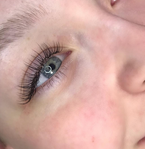 You know the drill, at the end of your lash appointment you're reminded to not get your lashes wet for 24 hours and not to let any oil based products near your lashes. We will explore the effects of water on your lashes in another post, but here we are going to look at why oil is so bad for your lash extensions! Eyelash extensions and oil
Lash extensions and oil are an unfortunate mix. We are promised a ton of skin benefits from oil products, yet on the other hand oil is the number-one worst enemy of eyelash extensions. Oil dissolves the bond that the lash glue has with your natural lash and the extension resulting in your extensions dropping off prematurely. (Tip: If you ever WANT to remove your lash extensions yourself, coconut or jojoba oil are great products to do it with, however, it's always recommended seeing a professional for removal, as proper assessment and gentle handling of your lashes is always better than home removal!). What products contain oil? From cleansers to balms, moisturizers to serums, oil-based beauty products are absolutely everywhere so you have to be really careful with what you let near your lashes. Even some eyeliners and mascaras contain oil (but with lash extensions you should be ditching the mascara anyway!) How do I know which of my products are oil-based? Quite simply, check the ingredients list. Any obvious oil (e.g. rosehip, sunflower, jojoba, argan, squalane etc.) on the list means you shouldn't get it any where near your lashes but there are also some less obvious oils such as glycerin, petrolatum and mineral oil. Do I have to give up my oil-based facial products if I want lash extensions. Not necessarily but you will be going for lash fills a lot more regularly than if you stayed away from those products. If you want to keep your oil-based beauty regime, avoid the eyes (under and above) as much as possible when applying. What happens if I have oily skin? Having overly oily skin can cause problems for lash extensions in the same way as applying oil products to the skin. Natural oils in the skin can break down the lash adhesive. Morning and evening lash cleansing with foaming lash wash can help, and using blotting papers for the eyelid during the daytime can help prevent the buildup of oil on the lash line. Ask about our lash extension sealant ($25) for daily use to reduce the amount of oil that sits on the lashes. With proper aftercare and regular lash washing, we can keep you wearing extensions. |
AuthorWrite something about yourself. No need to be fancy, just an overview. Archives
July 2023
Categories |
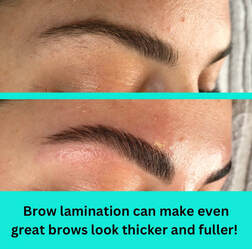
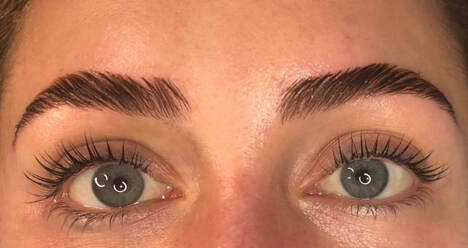


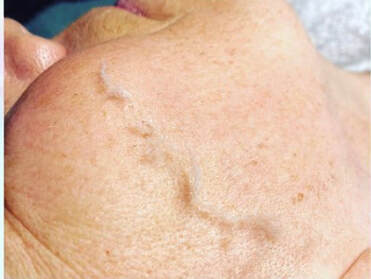
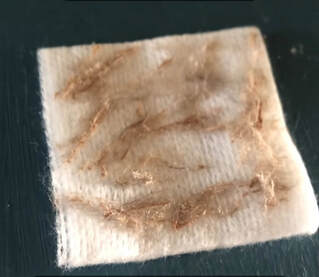
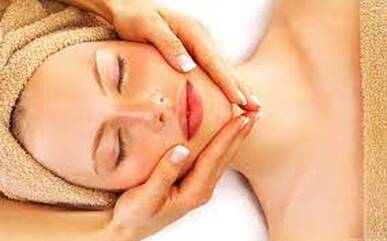
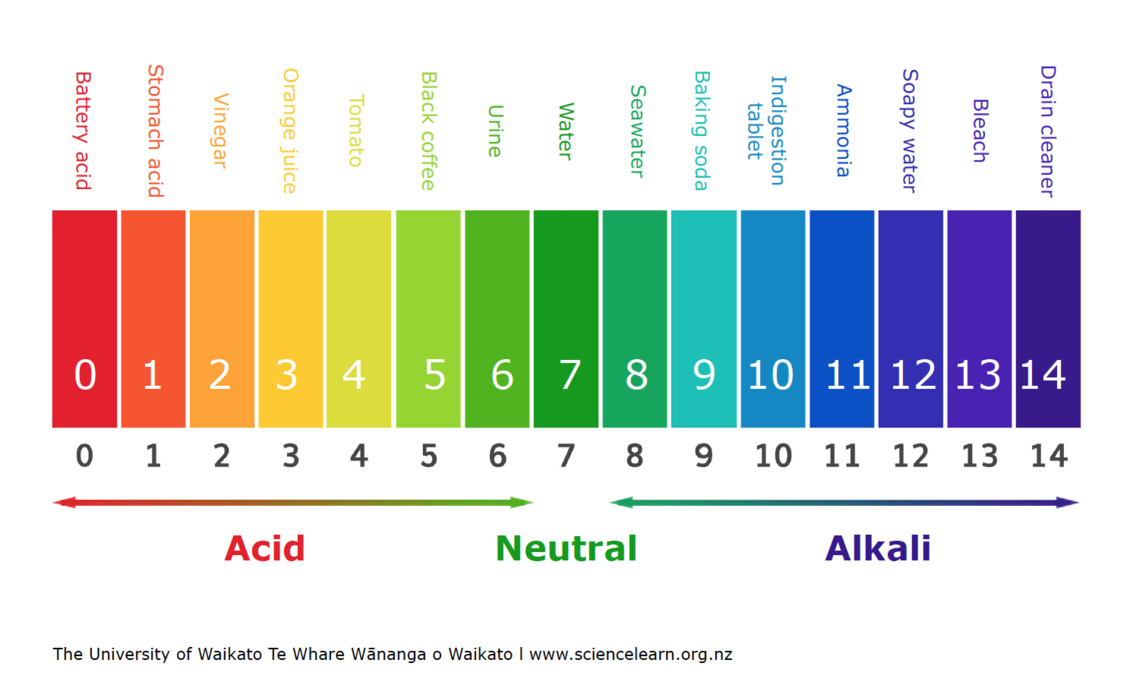
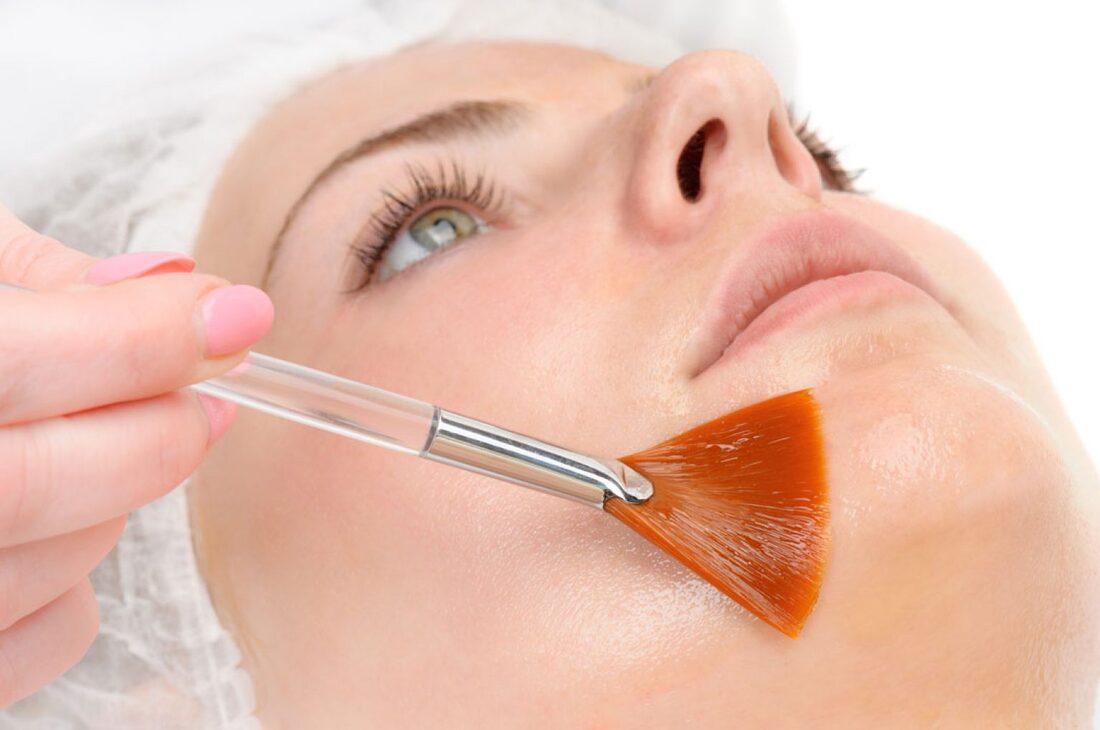
 RSS Feed
RSS Feed